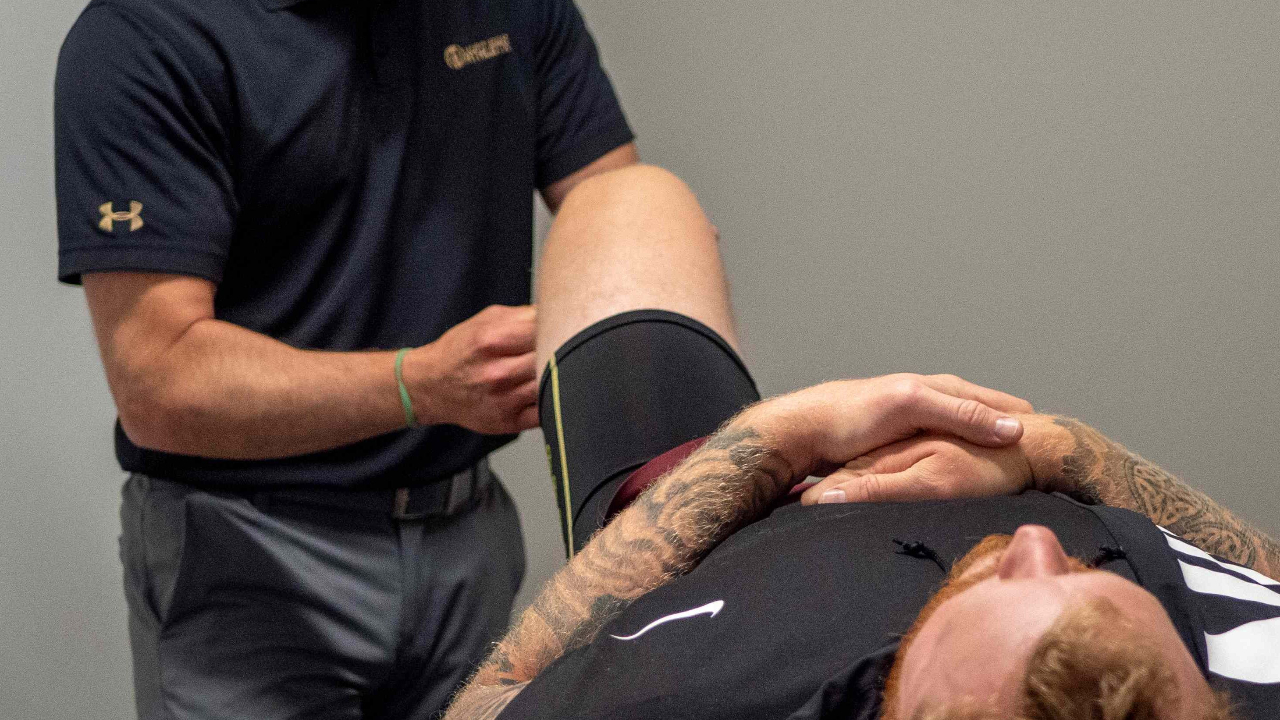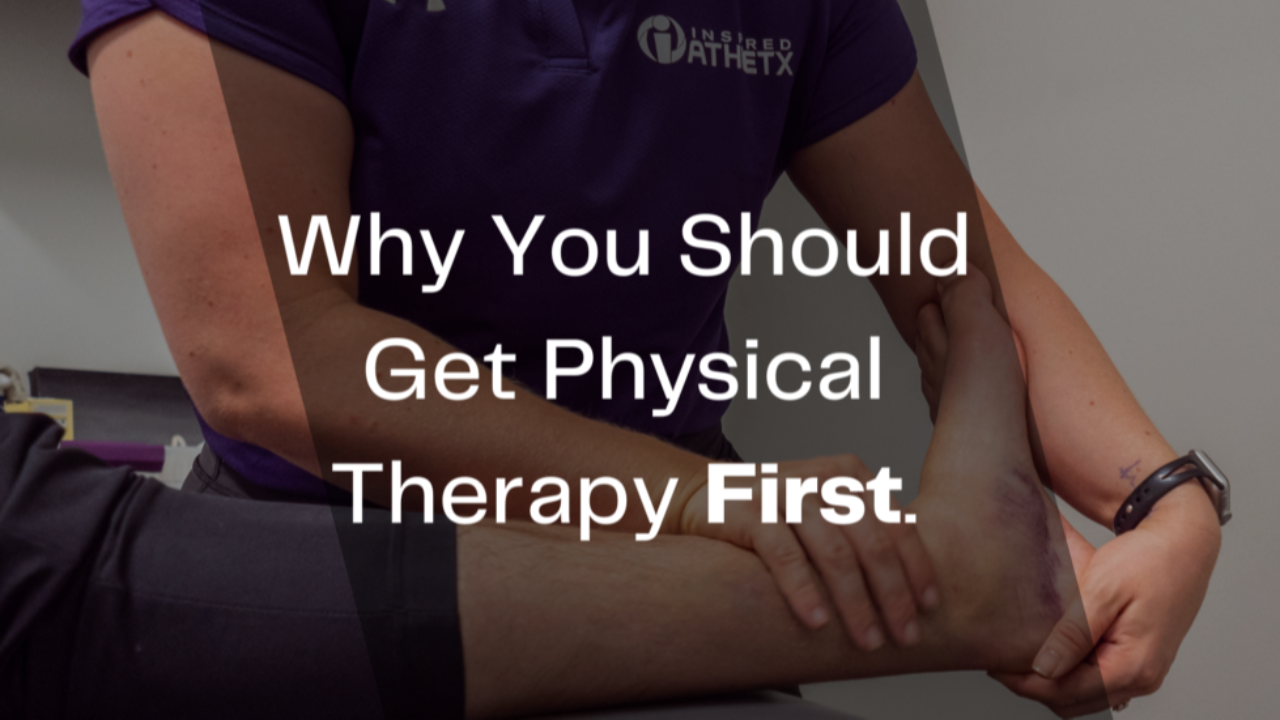
Clinical Diagnosis: Beyond A Radiology Report
Jul 18, 2019By: Molly King
Healthcare providers have used the clinical diagnostic method since the inception of medicine. Over the last hundred years, there has been a boom in medical technology. As a result, the way we evaluate, diagnose, and treat patients changed dramatically. Between 1997 and 2006, the use of CT scans doubled and MRIs tripled.1 But is newer and fancier always better? Can we rely on the clinical diagnosis?
What is a clinical diagnosis?
A clinical diagnosis is the identification of a disease or dysfunction based on subjective complaints, objective signs, and the patient’s medical history rather than on laboratory examination or medical imaging.
With advancements in medical technology and changes in the culture of healthcare, diagnostic methodology has come to emphasize advanced techniques, like medical imaging. With this shift, (what may be viewed as) archaic and time consuming techniques, like a face-to-face patient interview and hands-on assessment, have been pushed to the side
Part of this shift in focus has to do with the “new toy” phenomenon. Naturally, we always want to use the new tool that has all the bells and whistles! If it can do something we haven’t been able to do before, it must be better, right? Another factor at play is the bottom line. Many institutions believe it is better use of resources to have a less-expensive radiology tech take a few pictures rather than have an expensive physician spend time on history taking and hands-on evaluation. While imaging may be considered the “gold standard” of diagnostic tools, it is simply that: a tool that is intended to be used alongside other tools to create the full picture of a patient and their concerns.
Why should I seek out a clinical diagnosis?
Considers Context
Basing a diagnosis solely on a medical image is like taking a look at a photograph and assuming that you understand everything about the situation captured. Can a picture tell you what the subject is thinking/feeling, the backstory, etc? Without this information, a picture is not worth a thousand words!
In reality, understanding the context in which an image was taken and how any observed pathology is impacting the patient’s function is key to determining a diagnosis. Not every “abnormality” viewed on an image will be related to the patient’s pain. Additionally, an image cannot capture everything related to the patient’s pain (movement patterns, medical/occupational/recreational histories, aggravating factors, etc.). In fact, many “pathologies” on a radiology report are a natural part of aging found in people who have no pain. Without relating the image to a patient’s functional impairments and subjective complaints, an image has little value.
Accurate
Patients often wonder if a provider’s clinical diagnosis is “as good as” an image. Multiple studies have prove that a patient’s medical history alone determines at least 75% of diagnoses.2 In a technology-obsessed world, this may seem counterintuitive. However, sitting with a patient and asking them the right questions generates the correct diagnosis the vast majority of the time.
With respect to orthopedic injuries, there is no statistically significant difference between the clinical diagnostic accuracy of physical therapists and orthopedic surgeons. In one study, the physical therapist’s clinical diagnosis agreed with the imaging results approximately 75% of the time and the orthopedic surgeon’s clinical diagnosis agreed with imaging approximately 81% of the time.3 Again, remember that many studies compare clinical diagnostic accuracy to imaging, with imaging as the “gold standard,” but an image only provides a limited amount of information.
Lower Healthcare Costs
The overutilization of medical imaging is rampant in the U.S. It has been estimated that Americans are imaged 3-5x more frequently than citizens of other countries. On average, we spend $100 billion each year on medical imaging. 9% of all medical imaging and 20-50% of advanced medical imaging (MRI, CT, etc.) has been identified as unnecessary. This waste translates to billions of wasted healthcare dollars every year.4,5
Reduced Radiation Exposure
Since 1980, Americans’ have doubled their radiation exposure. This is in part due to the increased use of medical imaging, especially the use of higher-radiation techniques like nuclear imaging and CT scans. For example, in 1980, medical imaging accounted for 15% of all radiation exposure. By 2010, it accounted for 50% of all radiation exposure.6
This is concerning because high radiation exposure has been implicated in increasing cancer rates. The U.S. recommends limiting radiation exposure to less than 50 mSv (the equivalent of 3-4 CT scans or 500 chest x-rays) per year. However, many European countries recommend less than 20 mSv per year. This level of radiation is easily reached if a patient is undergoing follow-up scans or if they are being imaged for more than one condition each year. If a clinical exam helps a patient avoid even a single CT scan, it reduces the health risks due to radiation exposure.6
Immediate Education & Solutions
Often, a patient’s appointment will end with the provider saying, “Let’s get an x-ray/MRI/CT and see what it says.” The patient leaves, gets the image taken, and a few days later they receive a radiology report. Radiology reports are full of medical jargon and are intended to be interpreted by the provider. Unfortunately, the often patient receives them directly without the benefit of a provider explanation. Their next appointment with their provider could be weeks away, which is plenty of time to form negative beliefs about their injury and prognosis.
A clinical diagnosis is relayed as a part of a patient’s examination. This allows for patient education, questions, treatment, and home care instruction. A clinical diagnosis should leave the patient with a sense of ownership of their condition, set goals, and the tools to achieve said goals!
If you have any questions or comments, please email Dr. Molly at [email protected].
For more information on clinical diagnosis and physical therapy, follow our physical therapy page @FreeMVMT on Instagram and Facebook.




